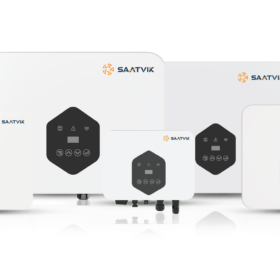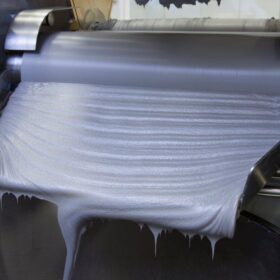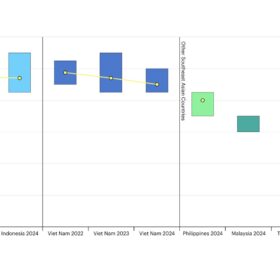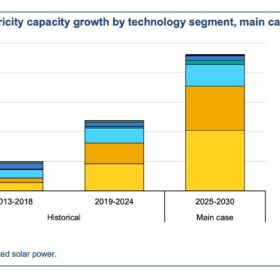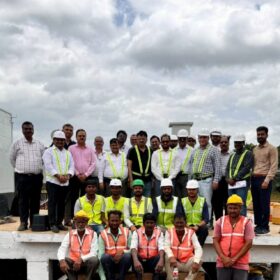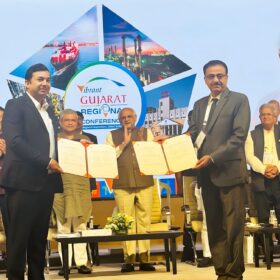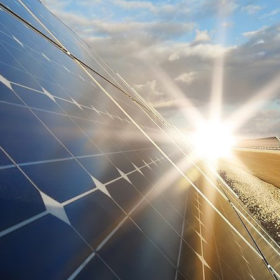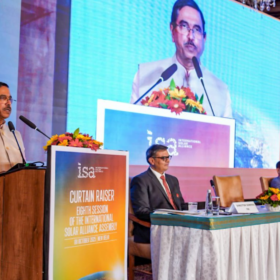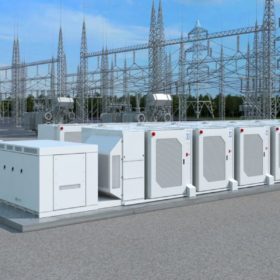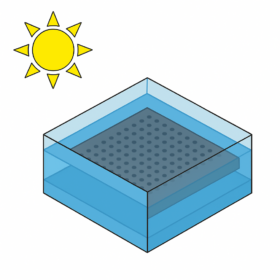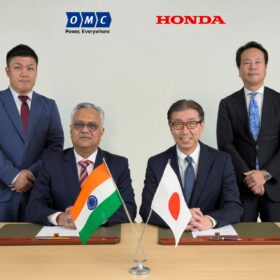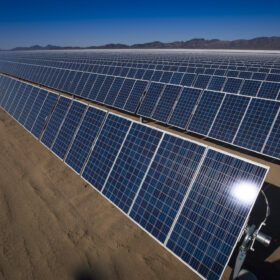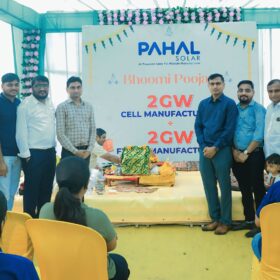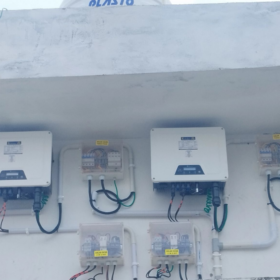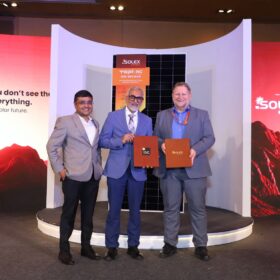Saatvik Green launches on-grid inverters for residential and C&I solar projects
Saatvik Green Energy has launched the UDAY Series on-grid solar inverters. The series includes single-phase inverters (1.1 kW–6 kW) for residential and small commercial rooftops and three-phase inverters (6 kW–50 kW) for residential, commercial and industrial applications.
Silver prices surge, yet ‘thrifting’ poses little threat to solar cell, module quality
With silver prices nearing $50 per ounce, researchers from the University of New South Wales (UNSW) and the Fraunhofer Institute for Solar Energy Systems (Fraunhofer ISE) tell pv magazine that efforts to reduce silver use in solar cells will not compromise module quality if properly engineered.
IEA says cost of capital for solar remains high in Southeast Asia
The International Energy Agency (IEA) says the cost of capital for solar remains higher in Southeast Asian countries than it does in other emerging and developing economies.
IEA lowers 2025-30 forecast for global solar growth
The International Energy Agency (IEA) cut its 2025–30 renewables forecast by 5%, citing lower solar additions, though PV still represents nearly 80% of 4.6 TW expected growth.
Bondada Engineering commissions 78.3 MW solar projects across India
Bondada Engineering Ltd (BEL) has announced the commissioning of 78.3 MW of solar power projects for leading private-sector power producers including NLC, Paradigm IT, and Mahagenco, across multiple locations in Hingoli, Dhule, and Pathardi (Maharashtra), Neyveli (Tamil Nadu), and Amaravati (Andhra Pradesh), as on September 30, 2025.
Avaada Group signs INR 36,000 crore MoU with Gujarat govt to set up 5 GW solar, 1 GW wind, 5 GWh BESS projects
Avaada Group has signed a Memorandum of Understanding with the Government of Gujarat to establish 5 GW of solar power projects, 1 GW wind power project and 5 GWh of battery energy storage system projects with a total investment of INR 36,000 crore.
Crompton enters rooftop solar segment with first major order worth INR 52 crore
Crompton Greaves Consumer Electricals Ltd (Crompton) has secured a solar rooftop order worth INR 52 crore in Telangana, marking its entry in this segment. The move aligns with the company’s broader strategy to significantly expand its total addressable market (TAM) from INR 75,000-1 lakh crore to INR 2 lakh crore.
Eighth Assembly of International Solar Alliance scheduled from Oct. 27-30 in New Delhi
The International Solar Alliance (ISA) Assembly will focus on four key areas: catalyzing finance for solar projects, building global capability centres and advancing digitization, enhancing regional and country-level engagement, and developing technology and policy roadmaps.
Rajasthan’s 1 GW/2 GWh battery storage tender sets new tariff benchmark at $1,999.45/MW/month
Eleven companies emerged as winners, most of them new entrants to the battery energy storage system (BESS) space. The awarded capacities ranged between 50 MW/100 MWh and 200 MW/400 MWh.
Cooling PV panels with stagnant water layer
Researchers have developed a stagnant water layer cooling concept and tested it using seawater, tap water, and desalinated water. The panel temperature decreased by up to 8.2 °C, while power output increased by approximately 28%.
